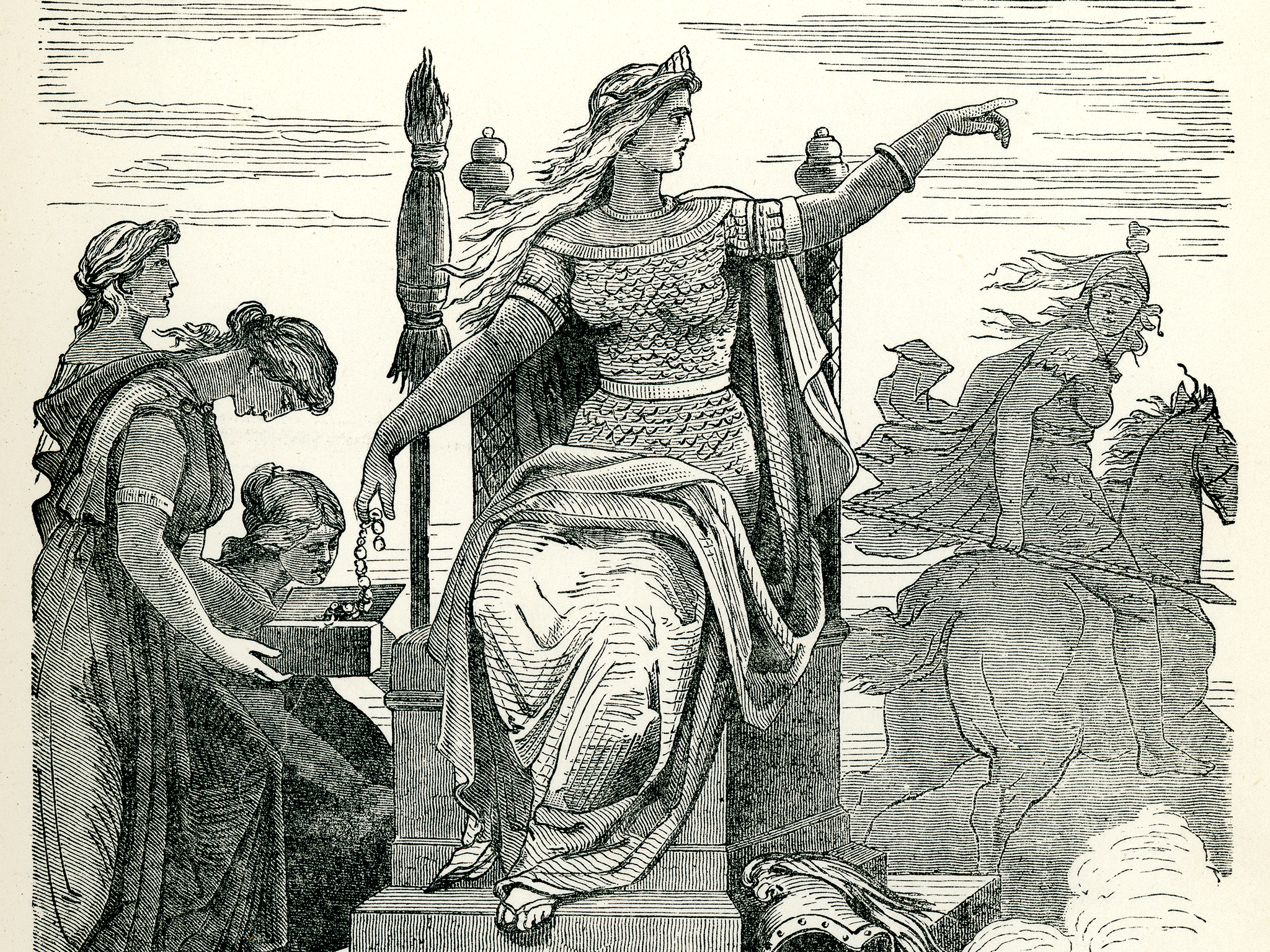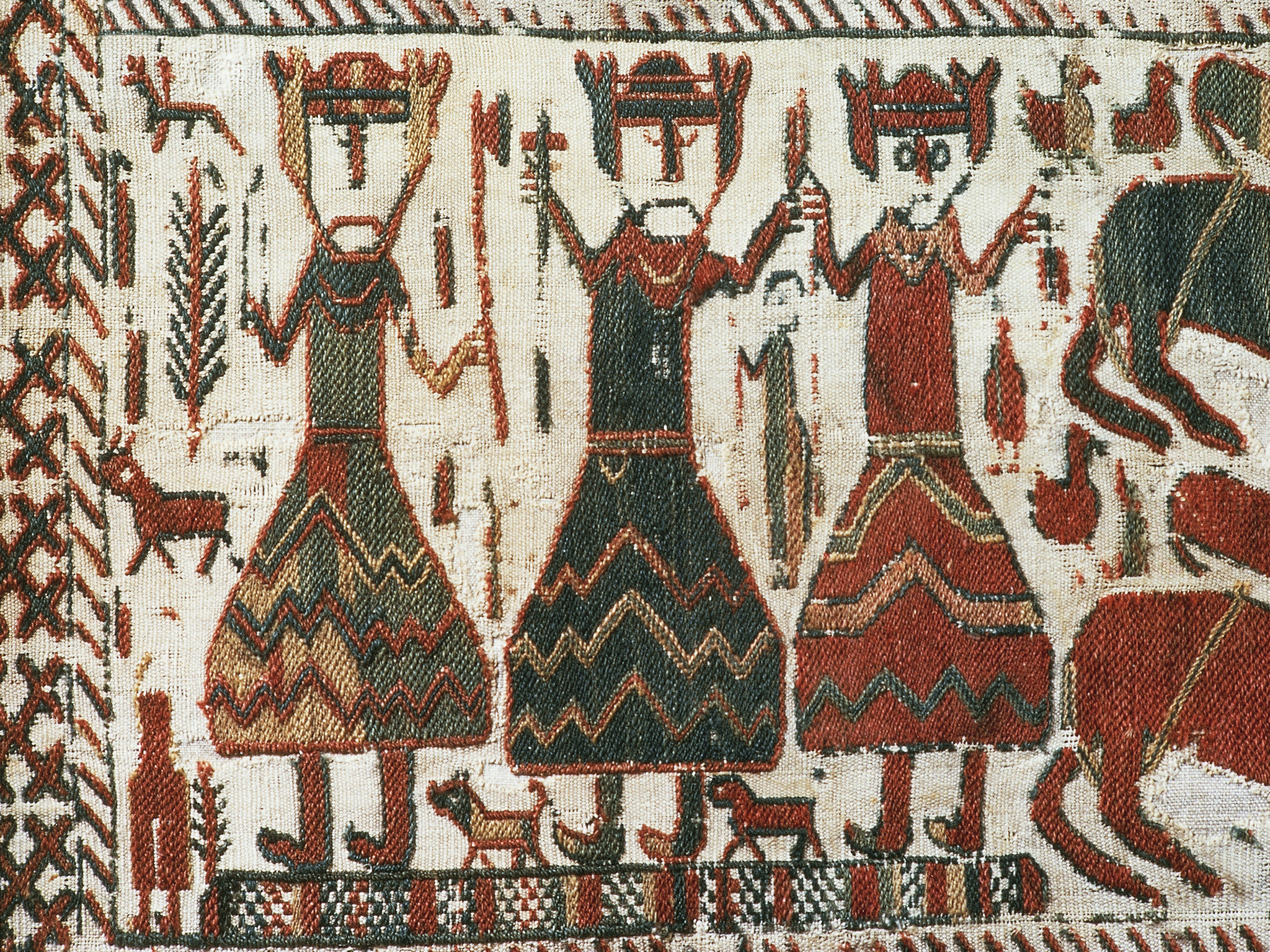Why do people kiss under the mistletoe?
The mistletoe has a muderous past in Norse legend

Your support helps us to tell the story
From reproductive rights to climate change to Big Tech, The Independent is on the ground when the story is developing. Whether it's investigating the financials of Elon Musk's pro-Trump PAC or producing our latest documentary, 'The A Word', which shines a light on the American women fighting for reproductive rights, we know how important it is to parse out the facts from the messaging.
At such a critical moment in US history, we need reporters on the ground. Your donation allows us to keep sending journalists to speak to both sides of the story.
The Independent is trusted by Americans across the entire political spectrum. And unlike many other quality news outlets, we choose not to lock Americans out of our reporting and analysis with paywalls. We believe quality journalism should be available to everyone, paid for by those who can afford it.
Your support makes all the difference.A sprig of mistletoe tied over the Christmas party dance floor or hanging in a doorway is generally taken as an excuse for people to pucker up.
But where does the custom come from?
It is mistletoe's properties that enable it to stay green in the winter, even when the tree has lost its leaves, that led both the Celts and Norse peoples to form myths about its special properties.
One tale from Norse legends, which were told by pre-Christian Scandinavian people in the fifth and sixth centuries, explains its association with love.
The youthful god Balder was the son of powerful sorceress Frigga and her husband, Odin, chief of gods.

Though adored by almost everything on earth, Balder began to have terrible premonitions of his impending death.
His mother, Frigga, in an effort to soothe his fears, asked "every creature which lives on or in the earth" to swear never to harm him - and as a result, the gods would throw things at Balder to show how invincible he now was.
But Loki, the disloyal trickster of the gods, knew that one living thing did not live on or in the earth - mistletoe, which lived entirely off the branch of a tree.

He made an arrow of mistletoe, shot it at Balder, and killed him.
Frigga was so distraught that her tears turned to white berries, coating the plant and symbolising her love for him.
Legend is divided as to whether she then forgave the mistletoe and said it should be a symbol of love and peace, or whether this then brought Balder back to life, showing the power of love.
Either way, this particular Norse legend is often given as the reason for mistletoe's special significance in bringing two people together.
Join our commenting forum
Join thought-provoking conversations, follow other Independent readers and see their replies
Comments